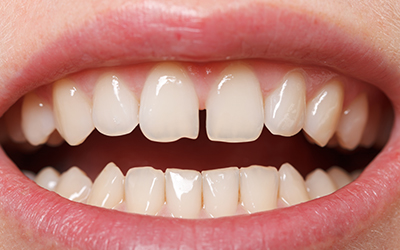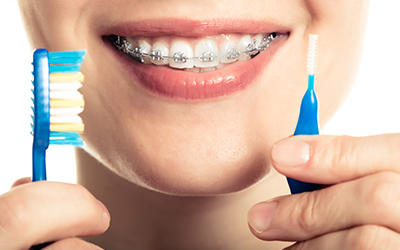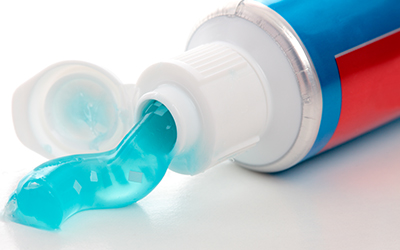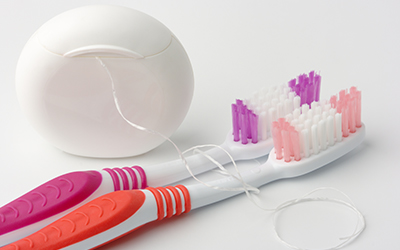What Parents Should Know About Diastema

Diastema Causes
Below are a few causes of diastema:
- Natural development – Sometimes there’s a size mismatch between the teeth and the jaws. For example, if you have a large jaw and small teeth, there will be extra room in the mouth. This will allow the teeth to shift around and may cause a diastema.
- Bad habits – Tongue-thrusting and thumb-sucking are a few bad habits that can contribute to a gap between the teeth.
- Frenum issues – The frenulum most likely to cause gaps in the teeth is the maxillary labial frenum. This is a small strip of tissue that connects the upper lip to the gum tissue between the two front upper teeth. If this frenulum is too large, it can keep the teeth apart, causing a gap.
Closing Your Child’s Diastema
There are a few different ways that a diastema can be closed or corrected. A frenectomy can be performed, which means that the piece of tissue creating the gap would be removed. This would help the teeth grow together naturally. Additionally, dental braces can help close the gap as well as properly align the teeth. Lastly, there are multiple cosmetic dentistry options including dental veneers or dental implants that can help close the gap and create a beautiful smile that your child can be proud to show off.
If your child has a diastema that you’re worried about, please don’t hesitate to make an appointment here at Great Outdoors Pediatric Dentistry. Our child’s dentist is located here in Dover, New Hampshire.











